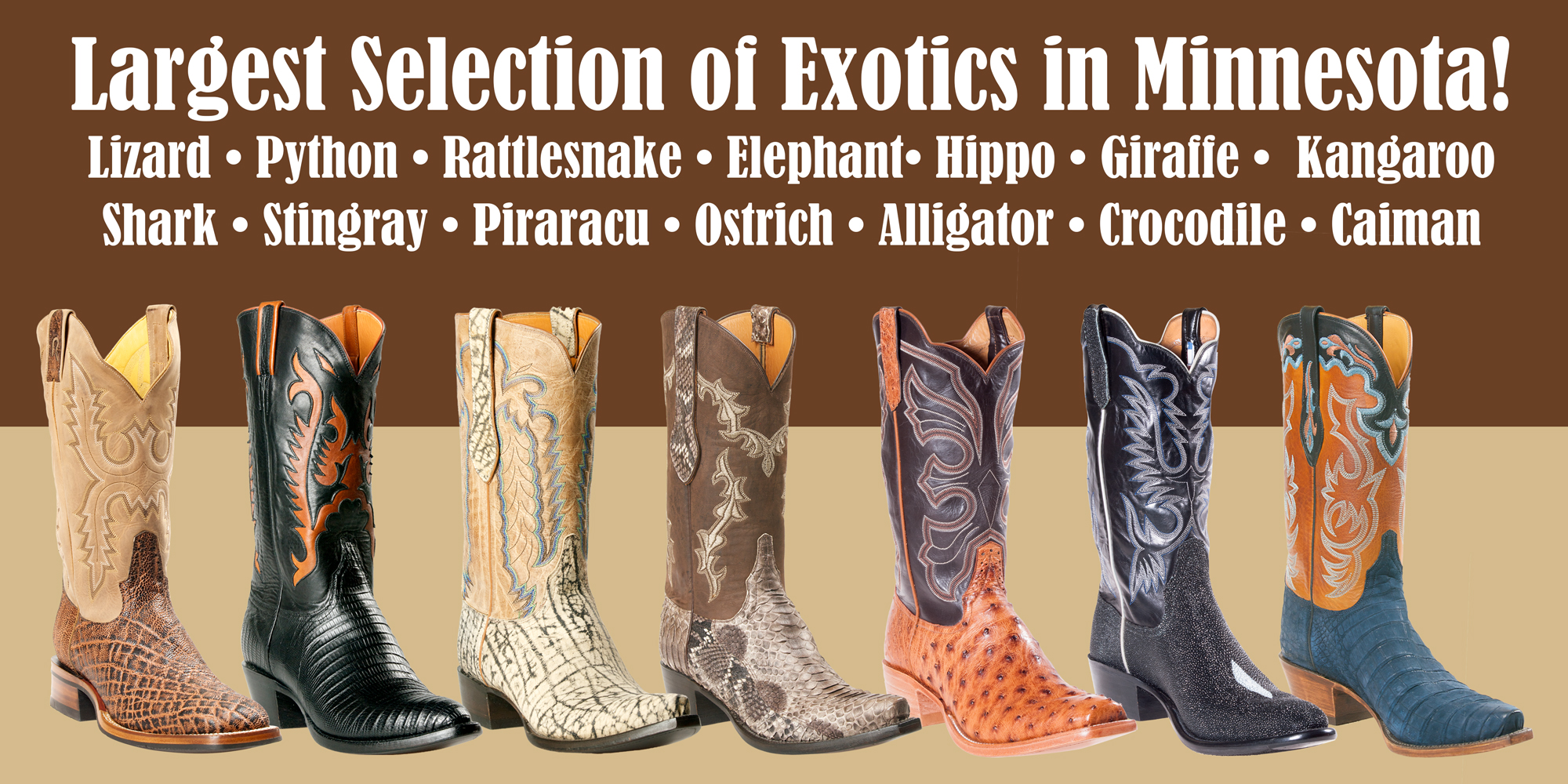
Ostrich leather is one of the finest and most durable leathers. Ostrich leather is luxurious, soft, supple, and thick featuring an exotic goose bump appearance from the large feather quill follicles.Ostrich is a luxurious leather well know for its softness, flexibility and durability. In spite of its softness, Ostrich leather is unsurpassed for its tactile strength. It is, in fact one of the strongest leathers available. Naturally occurring oils in the leather contribute to its durability, preventing cracking, even under extreme temperatures and sun exposure. Ostrich leather can be cut into very thin layers which remain strong and create lighter weight garments. The main distinguishing feature of ostrich leather is the quill or feather socket markings. The “full quill” area of the leather is the most sought after and therefore the most expensive type of ostrich leather. “Half quill” or “semi quill” or “smooth ostrich” is not as highly valued, bearing less of the quill pattern. The quill pattern is the result of large follicles which each contained a feather. Though ostrich is very soft, it will not stretch a great deal. For its weight, ostrich is one of the strongest leathers available. The characteristic large quill pattern comes from the back of the bird where the large feathers grow. Since each quill mark once contained a feather, there is an actual hole in the skin at each quill mark.
Kangaroo leather is lightweight, strong and flexible with high abrasion resistance compared to cowhide. Kangaroo leather has the best strength/weight ratio of any upland boot leather available. Australian kangaroo leather is lighter but stronger than cowhide of equal thickness. Kangaroo is a very light-weight and thin leather that is ounce-for-ounce the toughest leather in the world. It is very interesting to note that Kangaroo is generally much more resistant to drying out than calfskin. Kangaroo leather is lighter and stronger than the hide of a cow or goat. It has 10 times the tensile strength of cowhide and is 50% stronger than goatskin. It has been stated that Kangaroo is the best footwear leather available. Kangaroo averages about two ounces in thickness. The skins are very supple, will flex readily, but will not stretch much because the fiber structure is very fine, concentrated, and tight. These leathers are normally dry, they contain few oils. Expect the vamps to be well matched; there will be slight color variation on the analine finished hides. Since the skin are glazed and plated, there is virtually no distinguished grain. Almost all kangaroo has scars. Expect to find some in your boots–this is your assurance of the real thing.
Elephant is a very strong leather. It resists cracking and tearing because of the relatively long fiber structure under the grain. Because the fibers are open, the leather is somewhat soft and breathes well. Liquids will penetrate very easily from the flesh side but since elephant is between 3 to 5 ounces thick, a good deal of perspiration will be dispersed by it. Elephant is an exotic leather that is thick and very durable with a course, rippled texture. Elephant and Hippo leather have as much grain, texture and toughness as you would expect but are surprisingly comfortable wearing.
Crocodile and alligator skin renders a very attractive and fashionable leather. The leather is strong, supple, durable and very expensive. A bony layer within the skin adds a protective shield, while a dimple on each scale makes a very exotic look. Alligator and crocodile will not stretch very much. The scales are hard, some have a bony material on the back of them, and will not stretch or flex. Most all stretch or flex takes place between the scales and places most all stress on the underlying membrane.
AMERICAN ALLIGATOR: Hailing from the Southeast USA and frequently harvested from farm-bred gators as well as from wild animals, American alligator skin is a classic, durable and versatile leather. The American alligator’s hide is the soft and more pliable material. This is because the skin of this reptile is less bony than the skin of crocodiles. This softness makes the alligator’s skin easier to work with than the skin of other reptiles, making it easier to work with for cutting, stitching and folding.
CAIMAN CROCODILE: Caiman crocodiles are also used in the fashion industry by many. Hailing from South America and Central America, the caiman crocodile’s skin is taken only from farms. While caimans might be cousins to the American alligator, the hides of the two animals are worlds apart. Caiman hides tend to be stiffer than alligator hides. This is because the Caiman has distinctive calcium rivets in the center of each scale. These calcium deposits also give the caiman’s scales a patterned effect that is not seen in alligator hides, one that may even persist through the dyeing process.
Shark skin, one tanned, has a very high resistance to abrasion. Shark also has one of the longest fiber structures of any leather which gives the leather a strong tensile strength. The grain is very well defined, but will be smoother depending upon the size, species, and area of the skin that is cut. The leather will tend to be boardy, however, since it is vegetable tanned. This leather is very dry. Shark will not stretch much. The finish is usually a hard finish that will not withstand the abrasion or flex that the leather itself will. Certain part of the skins are more brittle than others; for example, the chin is not cut into the vamps because it cracks more readily than the sides or belly. The grain should always match in linear grain direction and color, grain character will be close.
PYTHON • RATTLESNAKE
Snakeskin is typically produced from venomous sea snakes which are commercially farmed. The leather is delicate, thin, soft and flexible, while the fine small hexagon scales produce exotic detailed grains. Snakeskins are very desirable for boots because of the unique grain, scales, and color patterns. Snakes are skinned in two ways, cut down the belly scales leaving the small scales in the center, “belly” or “front” cut python, and cut down the back leaving the wide belly scale in the center, called “back” cut python. The scales were the snakes protection from the elements and are essentially like a callous, dead skin. The size of the scale will vary depending upon the area of the skin cut and the age of the snake. The scales have a “lip” open toward the tail will grab and aid the snake in crawling. This lip is your assurance that the snake is genuine. Snakeskin is very dry after tanning, especially the glazed skins. The solid colored skins have been bleached to remove the natural color pattern. They are then drum dyed so the ·color penetrate’ the skin and does not lie on the surface, analine finish.



